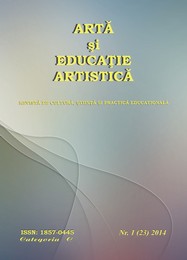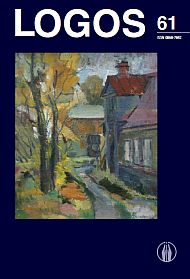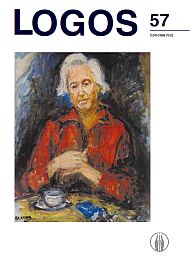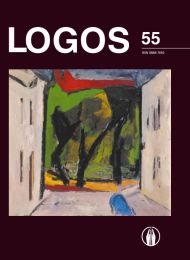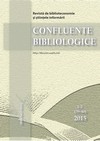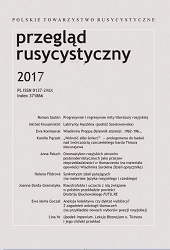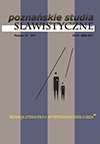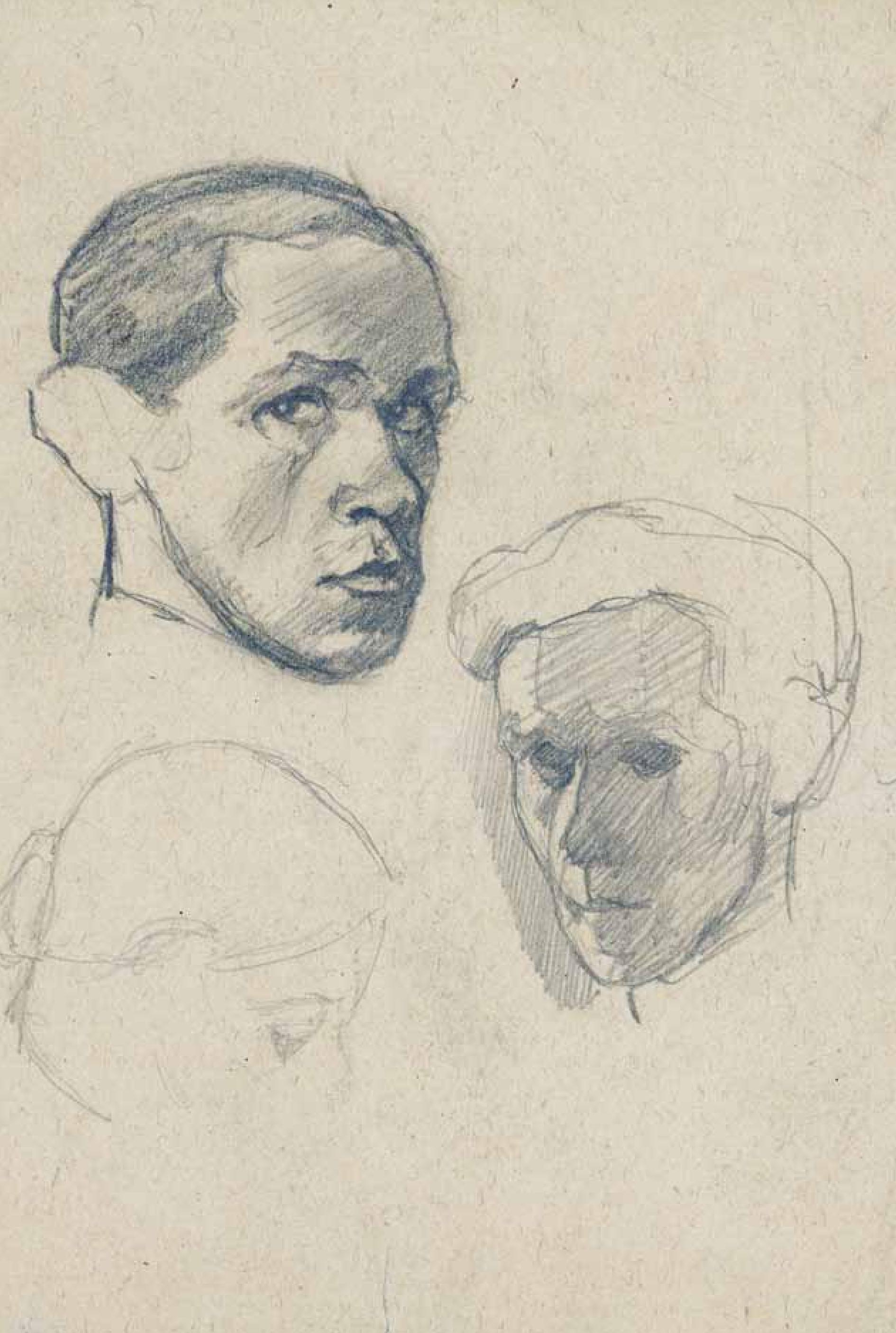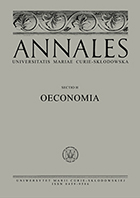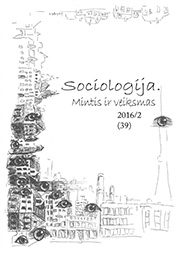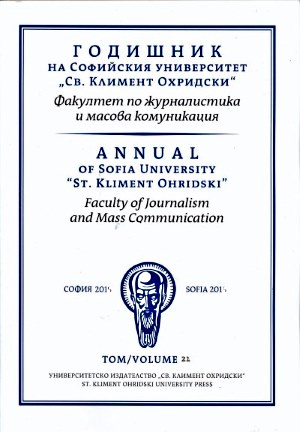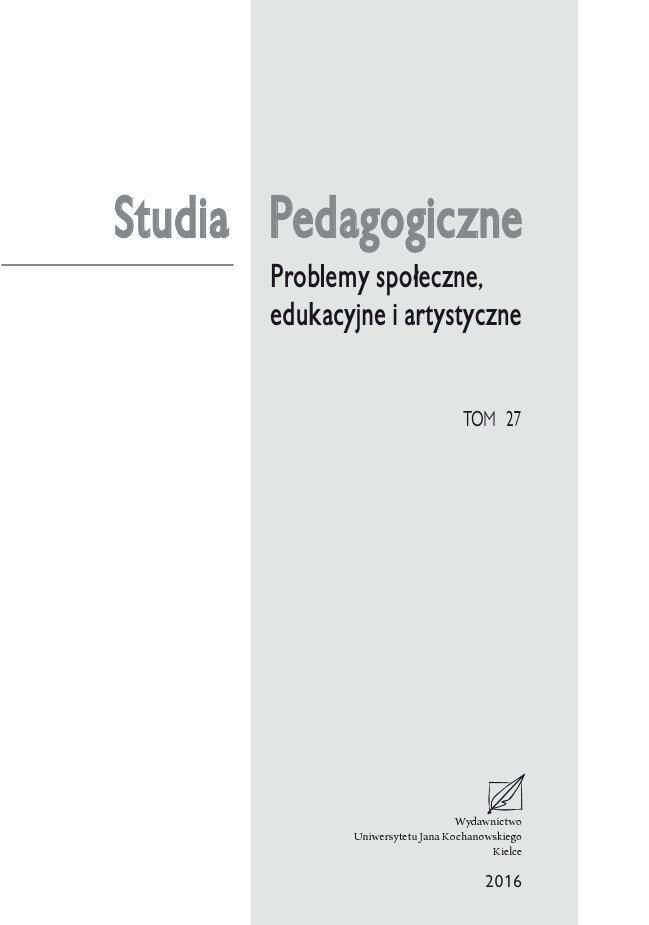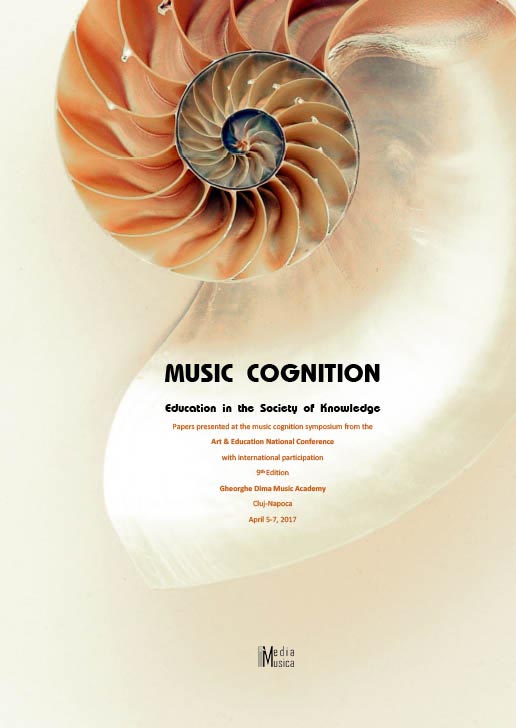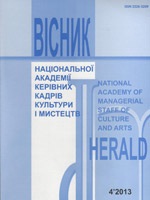
ТВОРЧІ ЗВЕРШЕННЯ ДМИТРА ГНАТЮКА: кінець 60-х – початок 70-х років ХХ століття
The purpose of the study is to cover the important events of national artistic space, in the center of which there is a strong figure of the XX century – D.M.Hnatyuk. Concentrating attention on the performing achievements of the artist, we can feel the dynamics of revival of Ukrainian opera genre and the vector of its movement to the transformation in the context of European and world communication space. Methodology of the research suggests that the problem is necessarily fixed in the coordinates of historical, art and cultural discourse, which enables to reveal personality of Dmytro Hnatyuk in the projection into the art tendencies. Scientific novelty consists in coverage of the little known pages of the biography of the master taking into account his worldview intentions at the intersection of time cultural communications. Significant component of the work is research of archive materials and inclusion it into the topic analysis system. Conclusions. The figure of D.M.Hnatyuk clearly defined the national opera culture space in late 60’s – early 70’s and dynamically filled in a niche of national creative heritage. Addressing almost all forms of art communication, the name of outstanding master left a great gleam in the consciousness of Ukrainian nation, formed clear algorithm of creative growth of a professional performer and defined the vector of national music art development for many years to come.
More...
